Go To Market Strategy Template Guide For 2025 Success


2025 is set to be a game-changer for B2B SaaS and enterprise software launches. The stakes are higher than ever, with AI transforming the landscape and competition growing fiercer by the day.
Launching a product now requires more than a great idea; it demands a precise go to market strategy template that aligns teams and drives real results. Companies face new challenges: fragmented channels, complex buyer journeys, and relentless innovation.
This guide will walk you step by step through building a go to market strategy template designed for measurable impact. You’ll learn GTM fundamentals, explore essential template components, follow a proven process, harness AI and Agentic Automation, and discover best practices for launch success.
Ready to outpace the market? Dive in and transform your next launch with a strategy built for 2025.
Understanding Go-To-Market Strategy Fundamentals
A go to market strategy template is more than just a checklist—it is the blueprint guiding how B2B SaaS and enterprise software companies introduce products, capture new markets, and drive scalable growth. Unlike a marketing plan, which focuses on promotion, or a sales plan, which centers on closing deals, a go to market strategy template unifies product, marketing, and sales into a single, results-driven growth function.
| Plan Type | Focus | Example |
|---|---|---|
| Marketing | Awareness, demand | Launch campaign for AI tool |
| Sales | Pipeline, closing | Account-based outreach for enterprise |
| GTM Strategy | End-to-end success | Aligning product, messaging, and channels |
This unified approach is vital for 2025, as AI and Agentic AI automation raise the stakes for speed and precision. Leading companies like Zendesk and Asana treat the go to market strategy template as a living document, ensuring every team is pulling in the same direction, tracking shared KPIs, and adapting fast to market signals.
Consider the story of two SaaS launches: one with a robust go to market strategy template that mapped pain points, value, and channel mix, and another that skipped alignment. The first reached revenue targets six months faster, while the latter struggled with missed handoffs and poor adoption. In fact, companies with a documented GTM strategy are 33% more likely to hit launch KPIs, according to B2B SaaS Marketing Statistics for 2024. The benefits are clear: faster time-to-market, higher conversion rates, reduced launch risk, and improved annual recurring revenue.
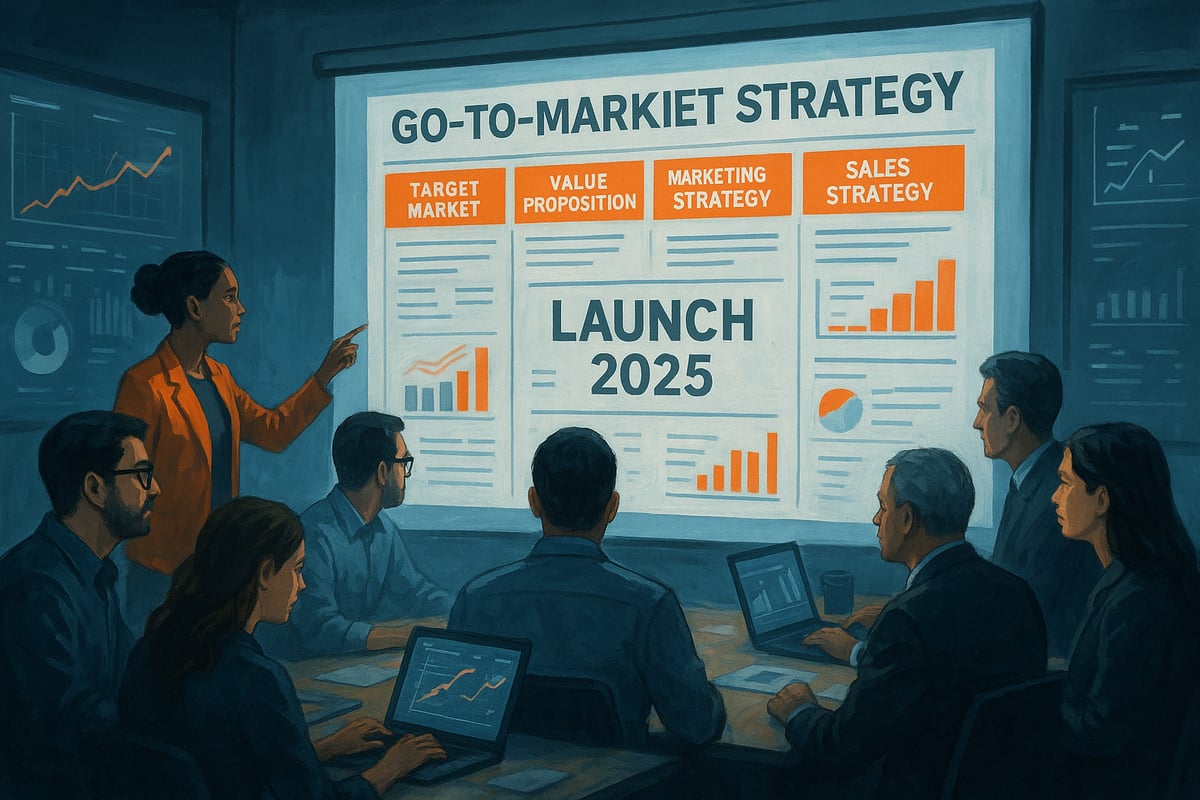
Key Components of a Modern Go-To-Market Strategy Template
Building a robust go to market strategy template is the foundation for predictable SaaS growth in 2025. The right template acts as your operational blueprint, ensuring every launch is repeatable, measurable, and aligned across teams.
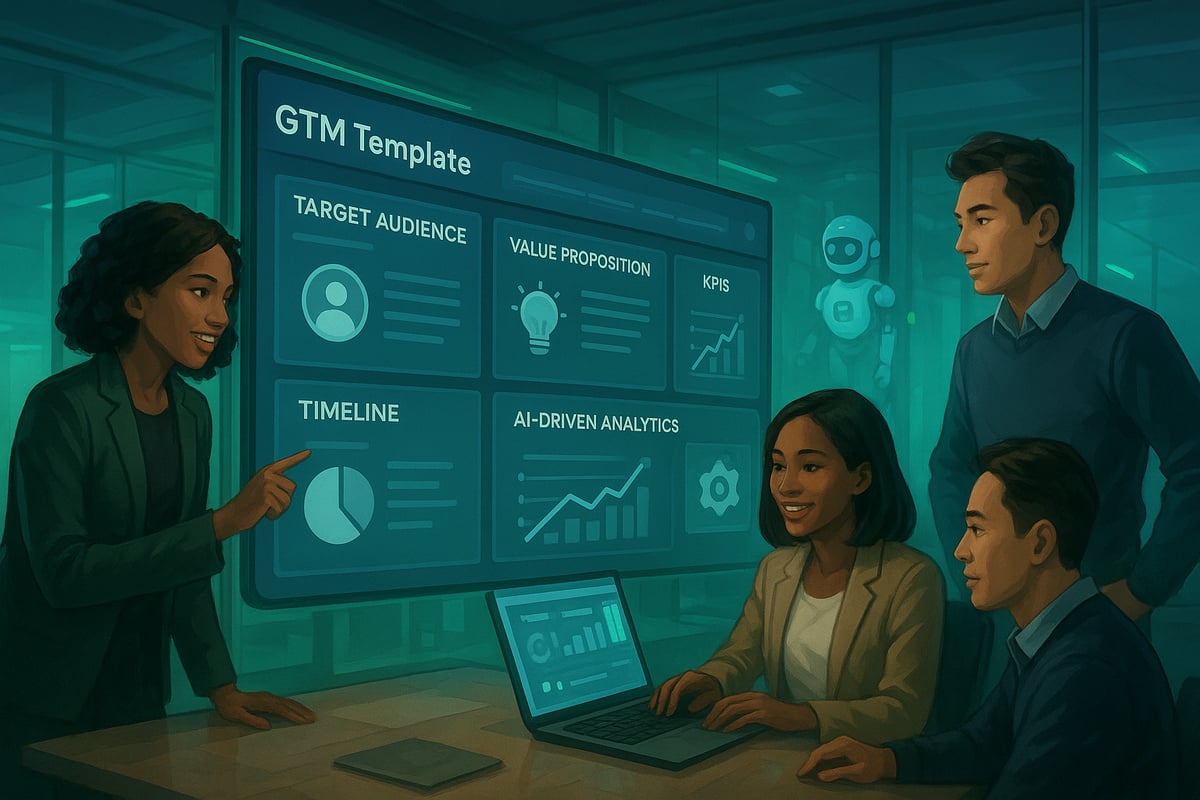
Core Elements Every GTM Template Must Include
A modern go to market strategy template should cover these essential sections:
- Target Audience & Buyer Personas: Define your ideal customers, their challenges, and roles in the decision process. Use detailed personas to map their journey.
- Value Proposition & Positioning: Articulate what makes your SaaS unique and why it matters. Include a positioning statement and competitor SWOT analysis.
- Channels: List key marketing and sales channels, from ABM to digital, field, and partner strategies.
- Sales Process: Outline key stages, decision makers, and sales enablement assets needed at each step.
- Pricing & Packaging: Detail pricing models, discounting guidelines, and value-based pricing strategies.
- KPIs & Goals: Set measurable targets like pipeline growth, ARR, and conversion rates. Include dashboards for tracking.
- Timeline & Milestones: Map critical launch phases and dependencies for transparency.
For more depth, see this GTM strategy template walkthrough featuring actionable examples and best-in-class layouts.
Example Table: Key GTM Template Components
| Section | Example Tool | Measurable Outcome |
|---|---|---|
| Buyer Persona | Journey Mapping | Improved targeting |
| Positioning | SWOT Analysis | Differentiated messaging |
| KPIs | Asana Dashboard | Real-time tracking |
Modern templates, like those from Asana and Zendesk, also recommend industry analysis, pain point logs, and status tracking. Remember, the go to market strategy template should be reusable, adaptable, and always actionable.
Aligning Product, Marketing, and Sales for Unified Execution
The real power of a go to market strategy template is in how it aligns product, marketing, and sales as a single growth engine. Structure your template so each team shares KPIs, messaging, and workflows.
- Shared KPIs: Use dashboards that tie every activity to pipeline contribution and ARR impact.
- Unified Messaging: Develop messaging frameworks and enablement guides that keep product, marketing, and sales speaking the same language.
- Collaborative Workflows: Integrate project management tools (like Asana or Jira) so all teams track progress, dependencies, and blockers together.
Common pitfalls include siloed teams, disconnected metrics, and inconsistent pipeline management. Avoid these by adopting alignment frameworks such as OKRs or revenue operations dashboards.
GTM Consult’s approach is to connect every template activity directly to revenue, ensuring nothing falls through the cracks. When product, marketing, and sales operate from a unified go to market strategy template, launches are faster, more predictable, and deliver measurable results.
Step-by-Step Guide to Building Your 2025 GTM Strategy Template
Launching with confidence in 2025 means building a go to market strategy template that is structured, data-driven, and adaptable. Below is a step-by-step process to help you craft a template that aligns teams, leverages AI, and drives real impact. For visual examples and ready-to-use formats, review these GTM plan template examples.

Step 1: Market & Customer Analysis
Start your go to market strategy template with a deep dive into your target market and customers. Use AI-powered tools for segmentation, run surveys, and analyze buyer personas. Map enterprise SaaS customer journeys to uncover friction points. AI-driven insights help validate demand and prioritize opportunities. For example, combine LinkedIn data, NPS surveys, and product usage analytics for a 360-degree view.
- Research industry trends
- Build detailed personas
- Analyze competitor positioning
Step 2: Crafting Value Proposition & Positioning
The next layer of your go to market strategy template is a sharp value proposition and positioning. Use frameworks like Value Proposition Canvas or SWOT to differentiate your offer. Align product benefits directly to pain points revealed in customer analysis. In a crowded AI tools market, messaging that highlights unique integrations or automation can set your SaaS apart.
- Identify core differentiators
- Connect features to outcomes
- Test positioning with early adopters
Step 3: Defining Sales & Marketing Channels
Choose the best channels in your go to market strategy template by evaluating outbound, inbound, ABM, and digital campaigns. Integrate partner, field, and self-serve strategies as needed. For B2B SaaS, LinkedIn ABM and alliances with established tech partners can accelerate reach. Use AI to optimize channel mix and personalize outreach, increasing conversion rates.
- Prioritize high-impact channels
- Leverage partner ecosystems
- Use AI for segmentation and targeting
Step 4: Setting KPIs, Milestones, and Success Metrics
Define metrics that matter most: pipeline growth, ARR, user adoption, and churn. Build real-time dashboards for visibility. For example, Asana templates provide timeline views and milestone tracking to keep launches on pace. Set clear milestones for each stage—MVP release, first customer won, first renewal. Monitor performance and adjust tactics quickly using live data.
- Set measurable KPIs
- Visualize timelines and dependencies
- Track progress with automated dashboards
Step 5: Execution Plan & Cross-Functional Enablement
Assign clear ownership for every action in your template. Build enablement playbooks, sales collateral, and training modules. Foster collaboration across product, marketing, and sales using shared tools and OKRs. For a new SaaS launch, provide sales teams with demo scripts, objection handling guides, and AI-driven competitive intelligence. Review dependencies and accountability regularly.
- Assign task owners and deadlines
- Enable teams with resources
- Maintain alignment with regular check-ins
By following these five steps, you ensure your go to market strategy template is actionable, measurable, and ready for the demands of 2025 SaaS and enterprise software launches.
Leveraging AI and Agentic Automation in GTM Execution
AI, and more specifically Agentic AI, is rapidly redefining the go to market strategy template for B2B SaaS and enterprise software leaders in 2025. Agentic Automation means AI acts not just as a tool, but as an active agent, autonomously managing tasks and optimizing GTM workflows in real time.
Imagine a world where your GTM team uses AI for dynamic segmentation, pipeline forecasting, and hyper-personalized outreach—at scale and speed that humans alone cannot match. For example, AI-driven platforms can continuously refine buyer personas, score leads, and optimize campaigns based on live data. A recent industry trend shows that “AI-powered GTM teams are 40% more efficient in pipeline generation,” transforming both speed and accuracy.
Key ways to leverage Agentic AI in your go to market strategy template:
- Automate market research and competitor analysis using AI agents.
- Use machine learning for advanced lead scoring and intent prediction.
- Deploy agentic workflows to run and adjust campaigns without manual intervention.
- Enable real-time dashboards for pipeline health and ARR forecasting.
- Personalize sales enablement content for each buyer journey stage.
| GTM Activity | Traditional Approach | Agentic AI Approach |
|---|---|---|
| Lead Scoring | Manual, rules-based | Real-time, AI-driven prediction |
| Segmentation | Static, periodic | Dynamic, adaptive, always learning |
| Campaign Optimization | Scheduled reviews | Continuous, autonomous adjustment |
Integrating AI into your go to market strategy template starts with strong data foundations and a willingness to upskill teams. Expect challenges like system integration and change management, but the payoff is future-proofed GTM execution. For more on how AI is reshaping SaaS go-to-market strategies, see AI Reshaping SaaS Pricing Strategies.
Embracing Agentic Automation now ensures your go to market strategy template scales, adapts, and delivers measurable results in the AI-first era.
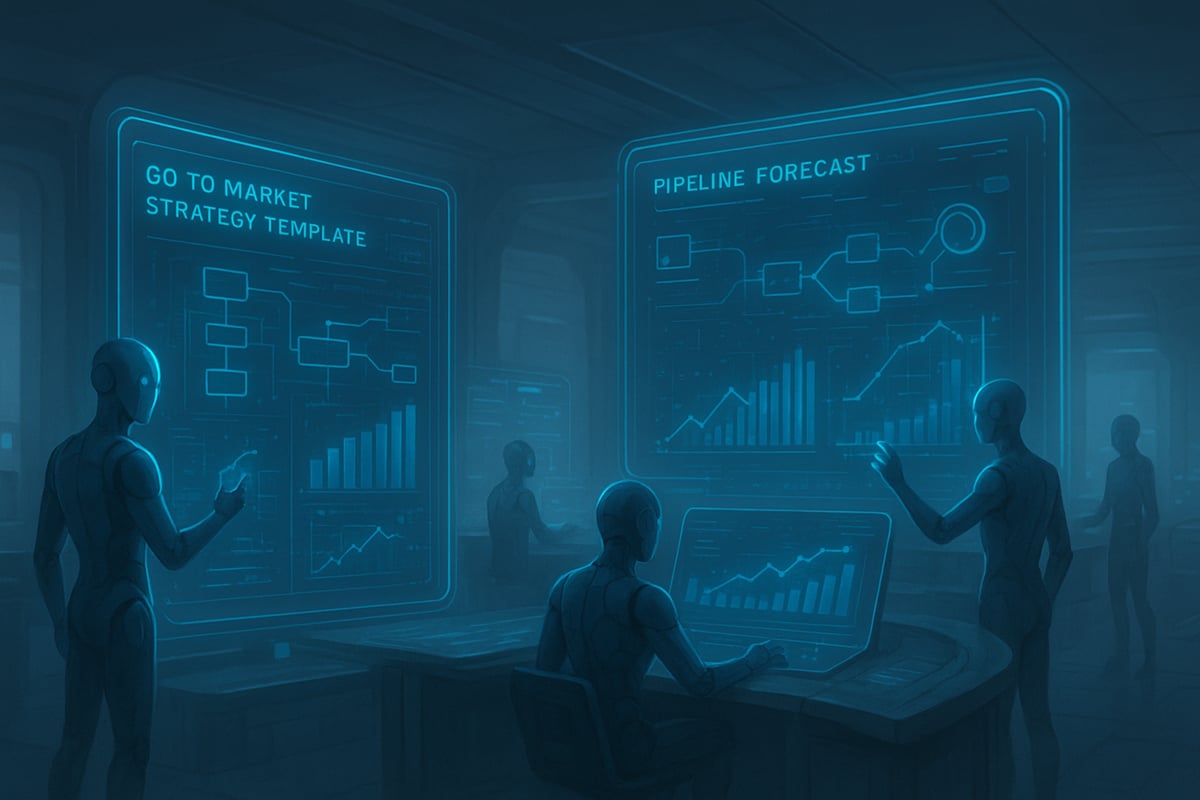
Best Practices and Tips for GTM Strategy Template Success
Building a successful go to market strategy template requires a blend of structure, adaptability, and continuous learning. The best teams in B2B SaaS treat their templates as living playbooks, not static documents.
Best practices for optimizing your go to market strategy template:
- Customize for every launch: Tailor your template for each product, market, or vertical, using current data and buyer insights.
- Enable feedback loops: Schedule regular retrospectives and gather cross-team feedback to refine your approach.
- Leverage agile adjustments: Adjust milestones, dependencies, and messaging as you gather real-time results.
- Integrate project management tools: Sync your GTM dashboards with platforms like Asana or Jira for transparent progress tracking.
- Promote cross-functional reviews: Bring together product, sales, and marketing to review KPIs, messaging, and pipeline health.
- Visualize with timelines: Use visual roadmaps to clarify dependencies, handoffs, and launch sequences for all stakeholders.
- Embrace AI and Agentic Automation: Use AI-driven dashboards, dynamic segmentation, and pipeline forecasting to iterate and scale your GTM execution.
Learning from common pitfalls is crucial. According to Why GTM strategies fail, many teams stumble by neglecting feedback, allowing silos, or failing to link activities to measurable outcomes.
Continuous measurement is non-negotiable. Post-launch, monitor KPIs and use AI to surface new opportunities for optimization. Many successful SaaS companies credit their rapid growth to a disciplined, adaptable go to market strategy template that evolves with every launch.
If you’ve made it this far, you probably know just how challenging it is to take a great SaaS product and turn it into real, scalable revenue—especially in 2025’s fast paced, AI powered market. I’ve seen founders and go to market leaders struggle with disconnected teams, missed KPIs, and the pressure to deliver real results. That’s where GTM Consult comes in. We’ve helped companies like xtype io and Hadean cut through the noise, align their teams, and build repeatable growth. If you’re ready to turn your GTM strategy into action, let’s chat about your unique story and goals—Book Your Personal Intro Call.

Latest From
The Blog
Go To Market Strategy Consulting Guide For 2025 Success

Go To Market Strategy McKinsey Guide For Success 2025

Crossing the Enterprise Chasm: A Practical Guide to Sales-Led Growth (SLG)


Let's Build The Future Together



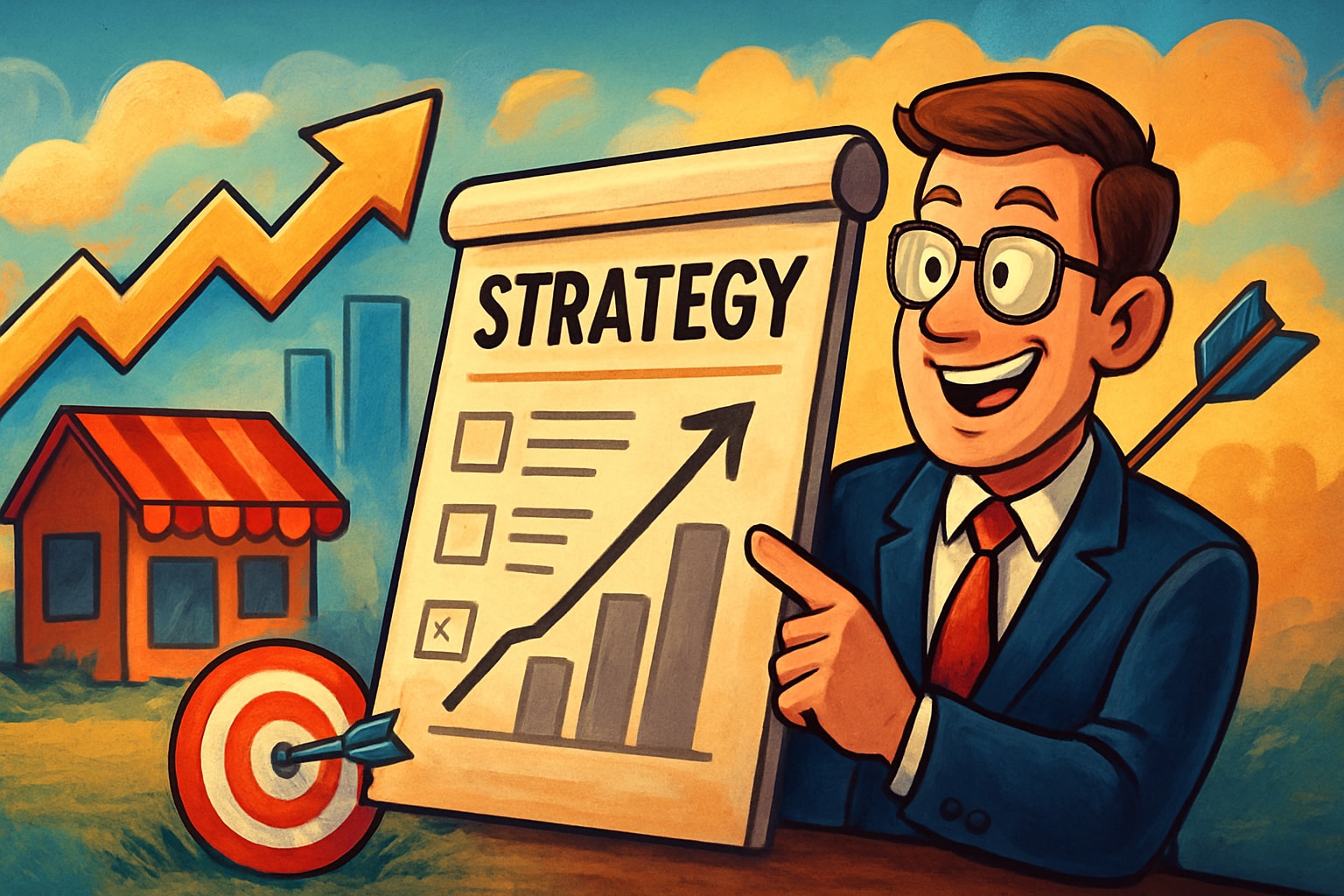
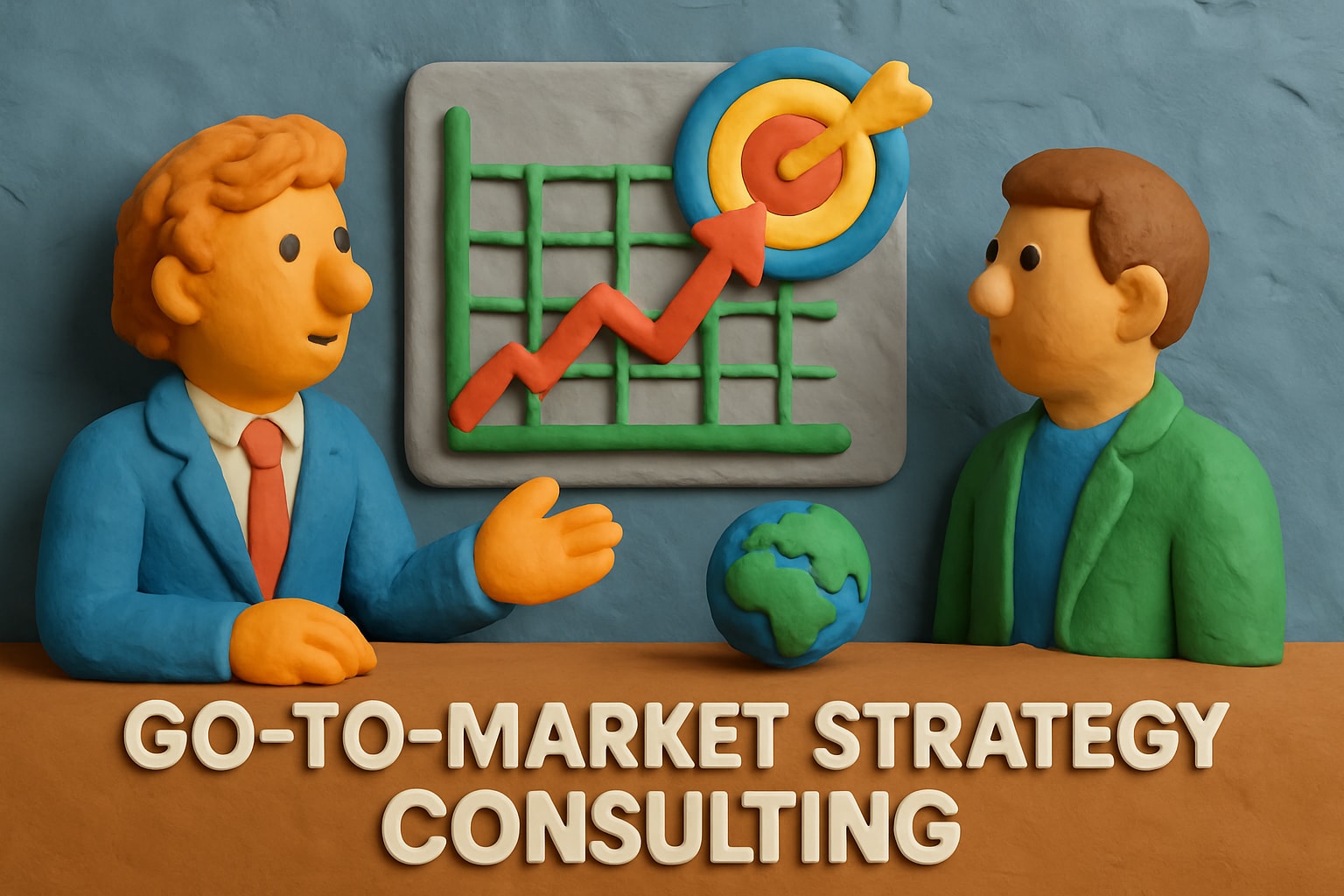
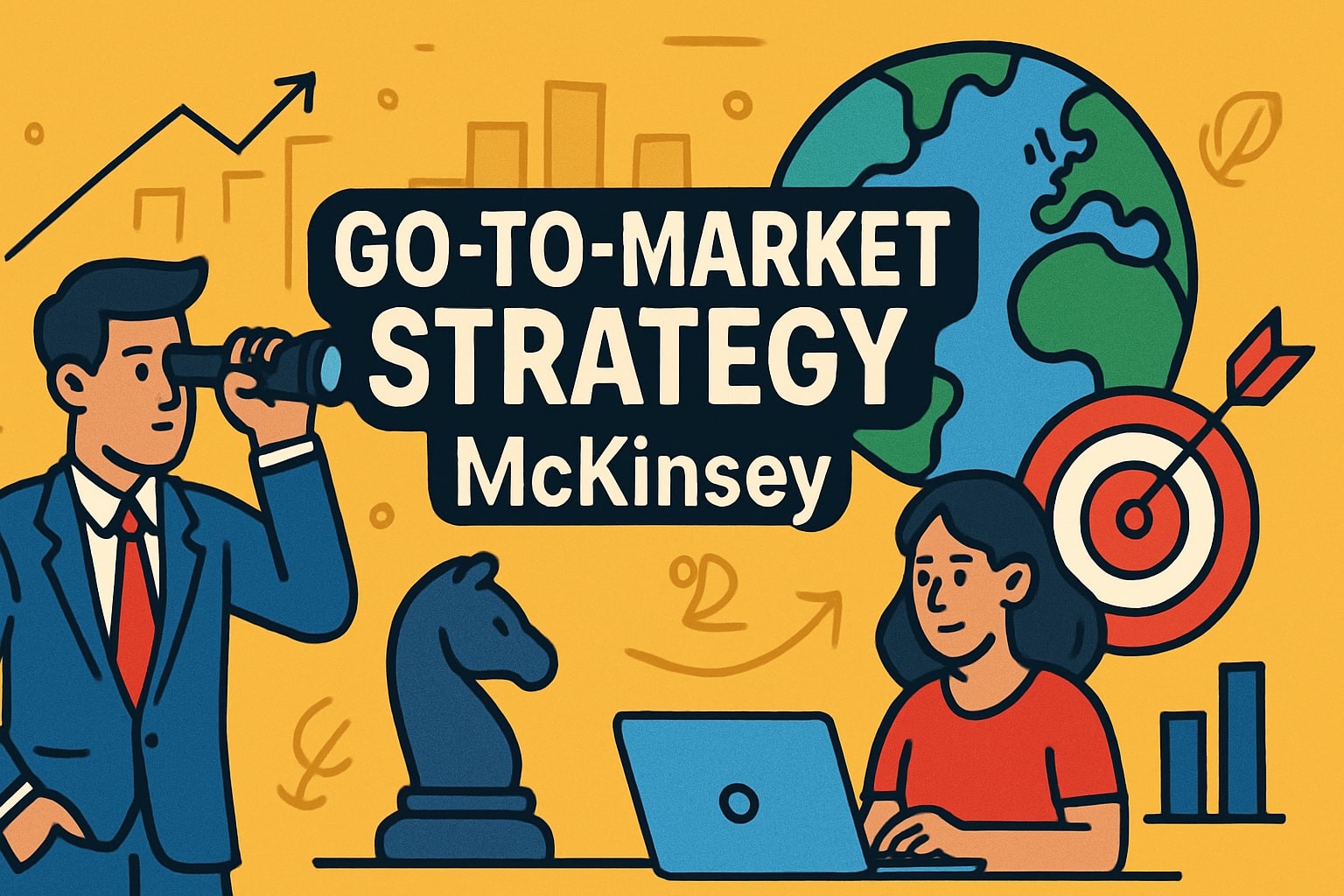
.jpg)